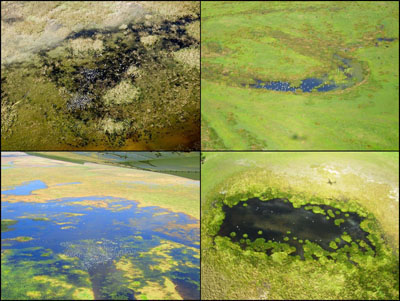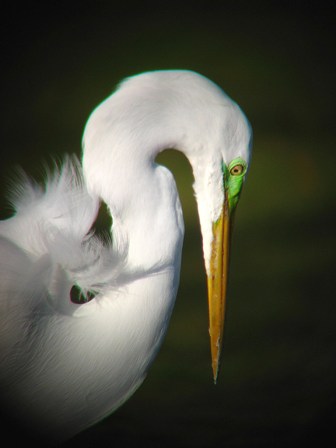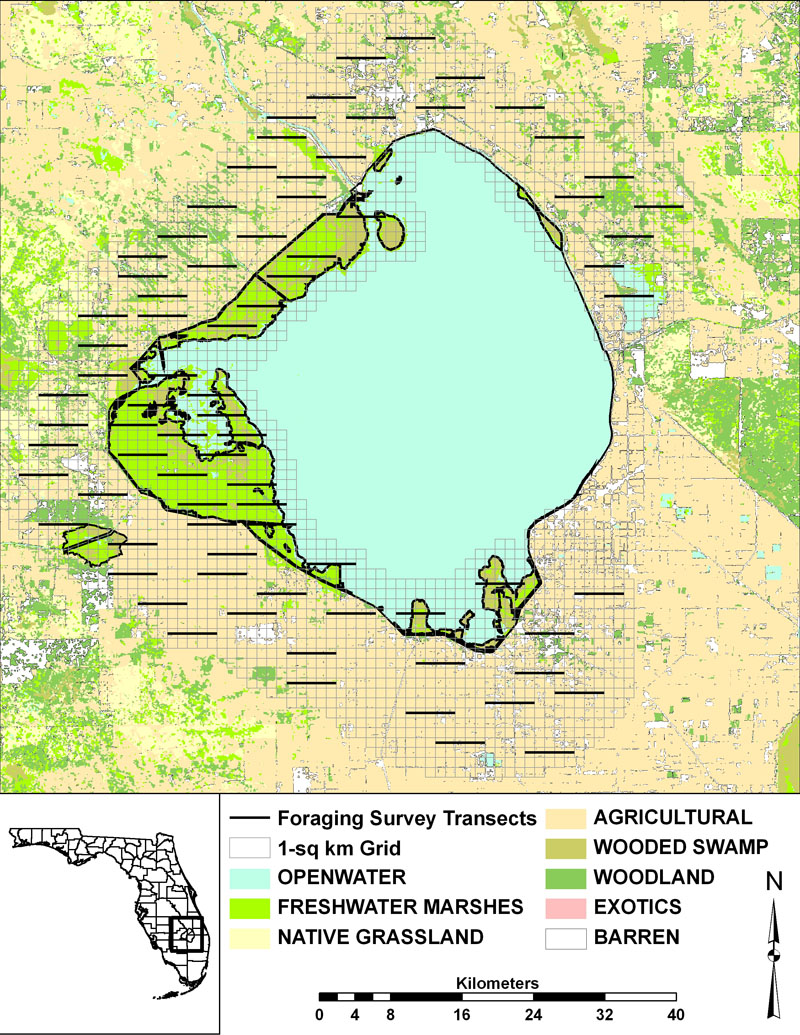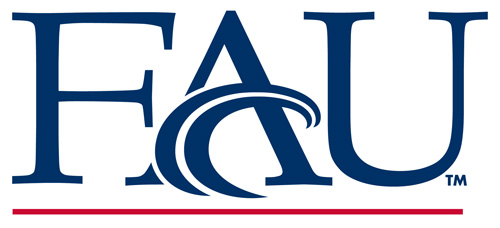


The resources available to birds are distributed patchily across the landscape, and hierarchical thinking has been applied by ecologists to conceptualize that structure. Ecologists extended the hierarchical framework to investigations of habitat associations to conceptualize the links between pattern and process across multiple environmental scales. An integrated understanding of scale-dependence and hierarchical thinking emphasizes conscientiousness of spatio-temporal patch scales in the design and analysis of avian habitat studies.
Patch dynamics regards an ecological landscape as a scale-dependent composite of resource mosaics, whose spatial and temporal structure is determined by the natural and anthropogenic processes at play within a given ecosystem. Suitable habitats as well as the resources within those habitats tend to be distributed patchily, and the nature of that heterogeneity can affect survival and reproduction. Because individuals must struggle to survive within this shifting mosaic of available resources, an understanding of patch dynamics can play a central role in our determination of which ecological processes drive natural selection in animal populations.
At Lake Okeechobee, wading bird foraging patterns are influenced by environmental factors that regulate the configuration and phenology of suitable, high-quality, foraging patches within the region (Fig. 1). Rising lake levels during the rainy season will inundate littoral zone marshes and then recede during the dry season. Wading birds coincide reproduction with the timing of these dry-downs, because receding water levels act to sequester high concentrations of vulnerable prey into shallow isolated pools that linger within microtopographic depressions. Research suggests that widespread wetland inundation during the rainy season should increase the carrying capacity of the landscape by providing an abundance of highly suitable foraging patches if recessions persist throughout the breeding season.
Foraging habitat use plays a central role in wading bird ecology because wading bird reproduction is prey-limited. Experts presume the long term viability of wading birds will be sustained via increased prey availability, meaning that the interaction between (1) environmental variability in prey communities and (2) individual variability in the capacity to access those prey applies selective pressure on wading bird populations. Thus, study of wading bird foraging patterns may be critical to understanding variability in their reproduction.
In contrast to nesting requirements, wading bird foraging patterns are still poorly understood. At best, managers can offer that a sustained increase in the presence of wading birds using Lake Okeechobee will reflect restoration progress. However, effective performance measures need to be defined in measurable terms and linked to critical processes in order to be effective yardsticks for success. Thus, investigations that improve our understanding about how environmental patterns and processes interact to influence variability in wading bird foraging patterns should be promoted.
OBJECTIVES
Few studies of breeding wading birds have explicitly addressed both on- and off-lake foraging patterns simultaneously and attempted to link observed patterns to the timing, size, and location of colonies at Lake Okeechobee. In order to improve our understanding of foraging patterns, I will conduct surveys of wading bird foraging locations once per month from January to June to determine landscape scale habitat use. Research activities will be coordinated to coincide with the on-going wading bird monitoring program at Lake Okeechobee. Thus, I will combine field studies with a hierarchical, patch dynamic, modeling approach to elucidate linkages between wading bird foraging patterns and reproductive parameters.
- I will model the expected patch dynamics of foraging habitat in the Lake Okeechobee region to identify the spatial extent (availability) of suitable habitats under divergent hydrological conditions (drought versus saturation).
- I will compare data from wading bird habitat use with a patch dynamic model of habitat availability to determine foraging habitat selection.
- I will seek correlations of wading bird foraging patterns with reproductive success to highlight environmental conditions that are expected to benefit wading bird populations.
Ideally, improved understanding about the linkages between patch dynamics, wading bird foraging patterns, and reproductive success will lead to sound management and conservation recommendations for sustaining the presence of wading birds in the Lake Okeechobee region.

